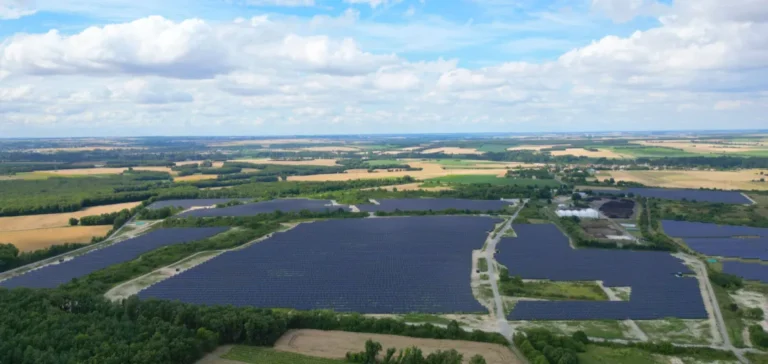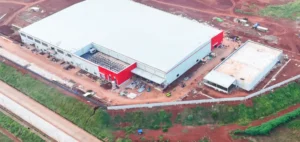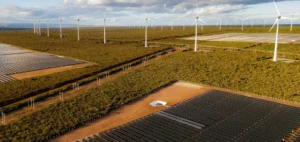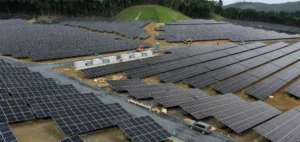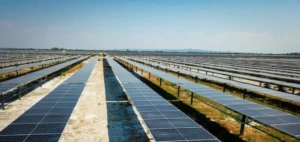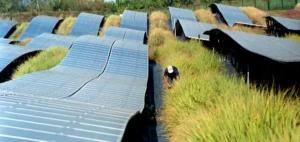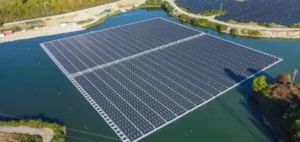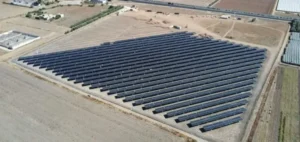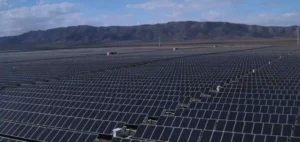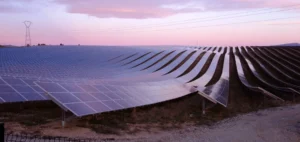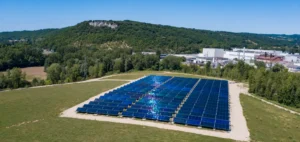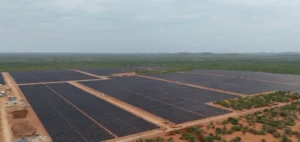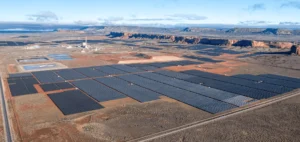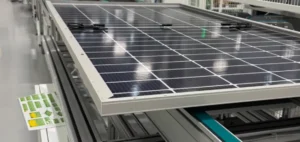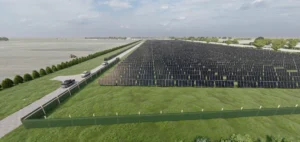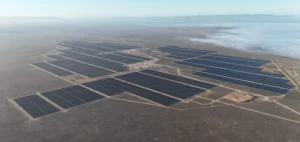Solar and storage project developers must prepare for a significant increase in procurement costs from the fourth quarter of 2025. This shift is driven by three concurrent developments in China, ending an eighteen-month period marked by exceptionally low prices for solar modules and storage systems.
Reduced supply and industry consolidation
According to recent analysis by Wood Mackenzie, solar module prices are expected to rise by approximately 9% in the fourth quarter, with further increases forecast through 2026. One of the main drivers is the consolidation of the polysilicon sector in China. Between 2022 and 2024, Chinese production capacity quadrupled, creating an oversupply and driving prices down. Now, new government directives are limiting expansion and mandating production curtailments, which led to a 48% surge in polysilicon prices in September 2025.
This supply cutback has affected the entire solar value chain. Operating rates at major module manufacturers dropped to 55-60% by mid-2025. Simultaneously, older passive emitter and rear cell (PERC) production lines were shut down, further restricting available supply.
End of VAT export rebate
A key fiscal shift comes with the Chinese government’s decision to end the 13% value-added tax (VAT) rebate on exports of solar modules and storage systems. With China supplying over 80% of the world’s solar modules and 90% of lithium iron phosphate batteries used in storage, this policy directly affects global benchmark pricing.
This development will especially impact storage projects in the United States, which rely heavily on Chinese equipment. Analysts also expect the VAT rebate to be withdrawn for inverters, which will further increase costs for US solar projects.
Implications for international developers
Chinese module manufacturers have already notified international customers of the expected 9% price increase starting in the fourth quarter. With no short-term alternative supply sources, developers will have to absorb the additional costs.
Developers that secured supply agreements earlier in 2025 will not be exempt. Research indicates that most deliveries scheduled after November 2025 will be subject to renegotiation due to the evolving economic and regulatory environment.


